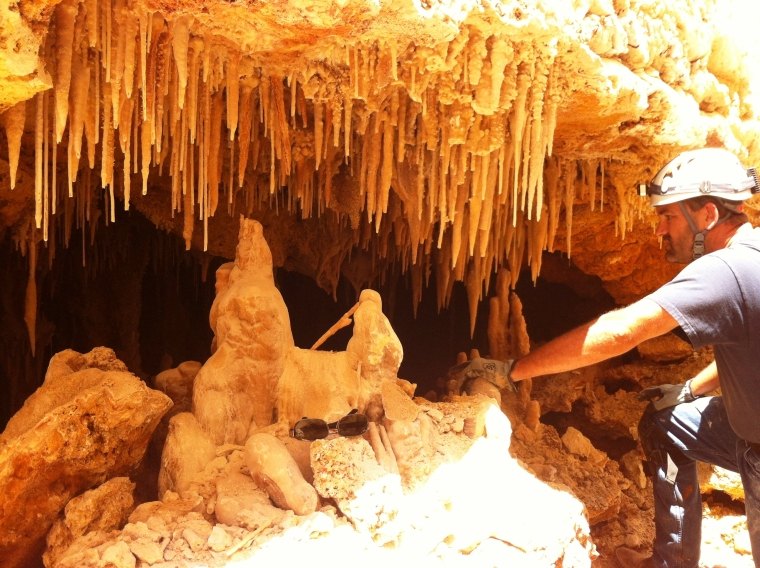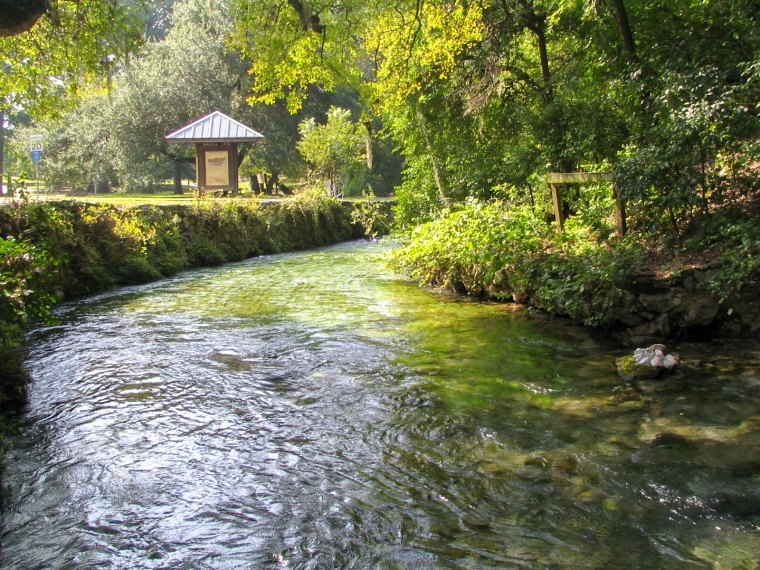In the depths of the Edwards Aquifer beneath San Antonio, Texas, the Toothless blindcat and Widemouth blindcat exist in an environment unseen by humans. First discovered in the early 1900’s after emerging from a groundwater well and now considered by some scientists to be among the rarest fish in the world, these species of blind catfish have sparked conversations over four decades regarding their potential protection under the Endangered Species Act (ESA).
Despite this history of attention by scientists, significant gaps in our understanding of these unique catfish remain. The challenge of accessing their subterranean habitat leaves many questions about their populations, behaviors, and ranges unanswered. From a legal standpoint: is the best scientific information available on these species enough to justify a decision to protect them?

Further muddying the waters, the proposal to list the blindcats as endangered has serious implications for the people and communities that rely on the Edwards Aquifer. If listed, actions that would kill or injure the blindcats, such as using groundwater wells that pull from blindcat habitat, would become illegal without a permit from the U.S. Fish and Wildlife Service. San Antonio relies almost entirely on groundwater wells for its municipal water supply. If the blindcats are listed as endangered, San Antonio’s water supply would be subject to new regulation that could cause the city to seek other water sources. This dilemma highlights the intricate balance between meeting human needs and environmental conservation.
Eager to learn more about what the blindcats’ potential listing could mean for San Antonio? Join Amanda Glen, SWCA’s senior natural resources technical director, as she discusses these issues and more with environmental attorneys Daniel Pope and Ann Navaro in the latest Bracewell Environmental Law Monitor podcast episode.

